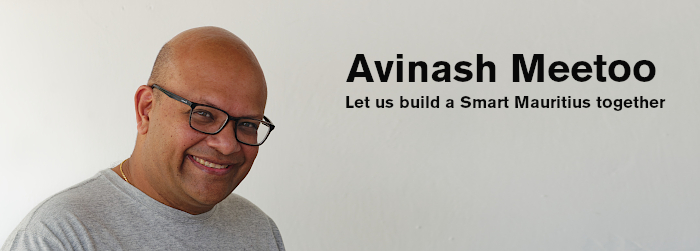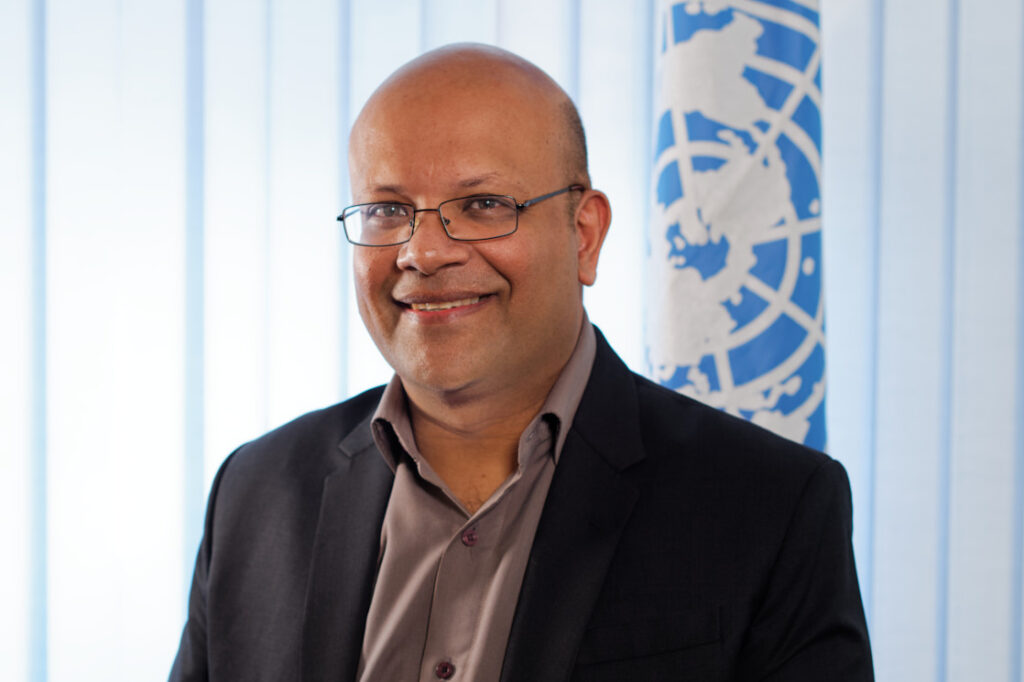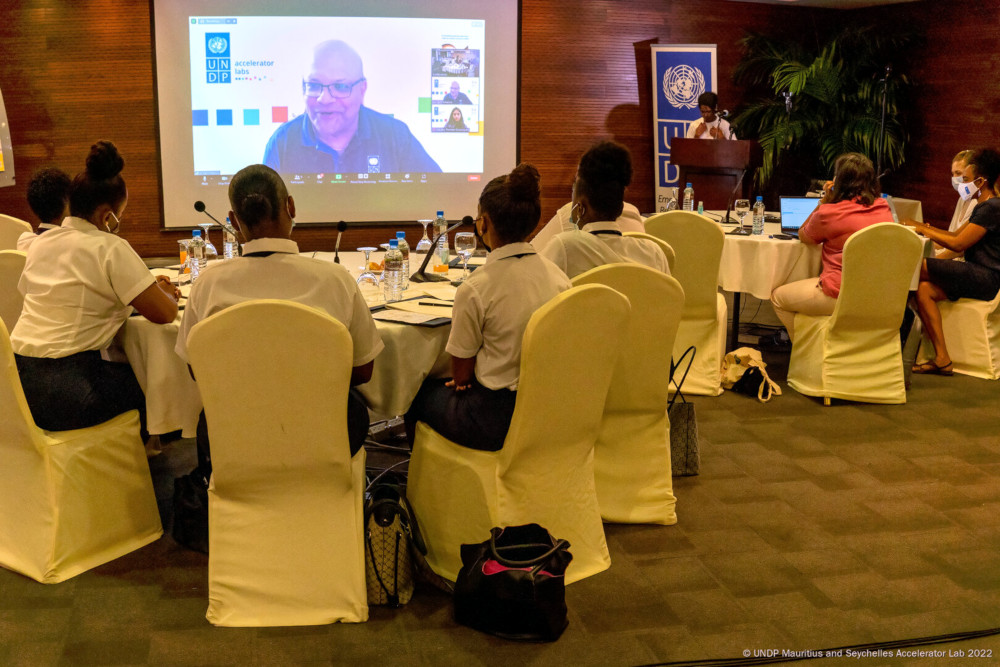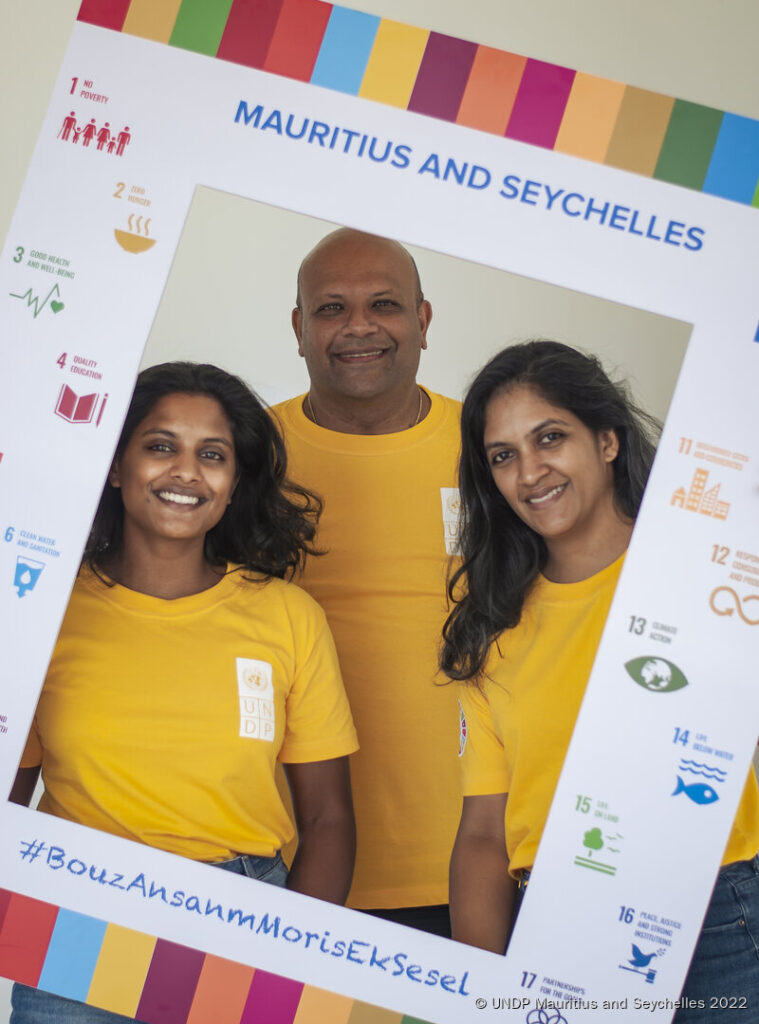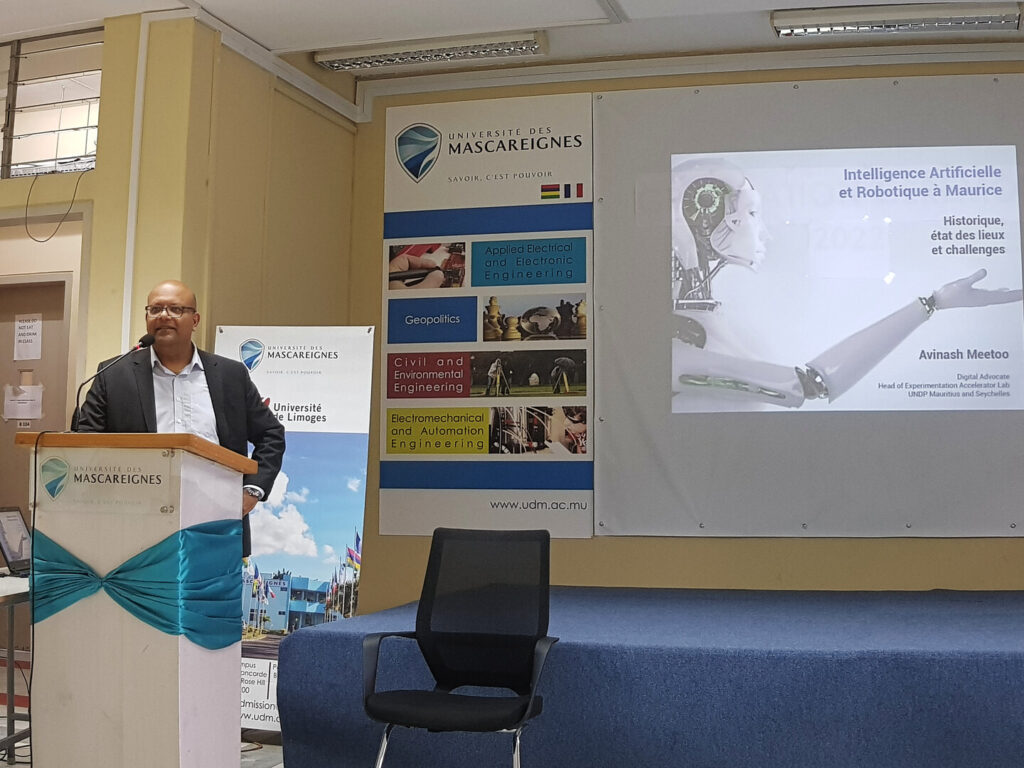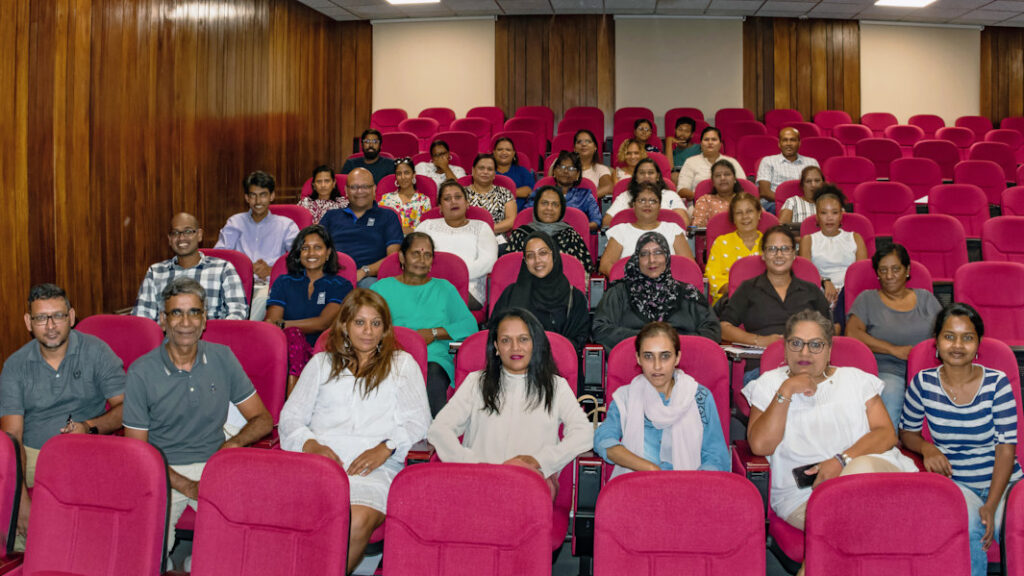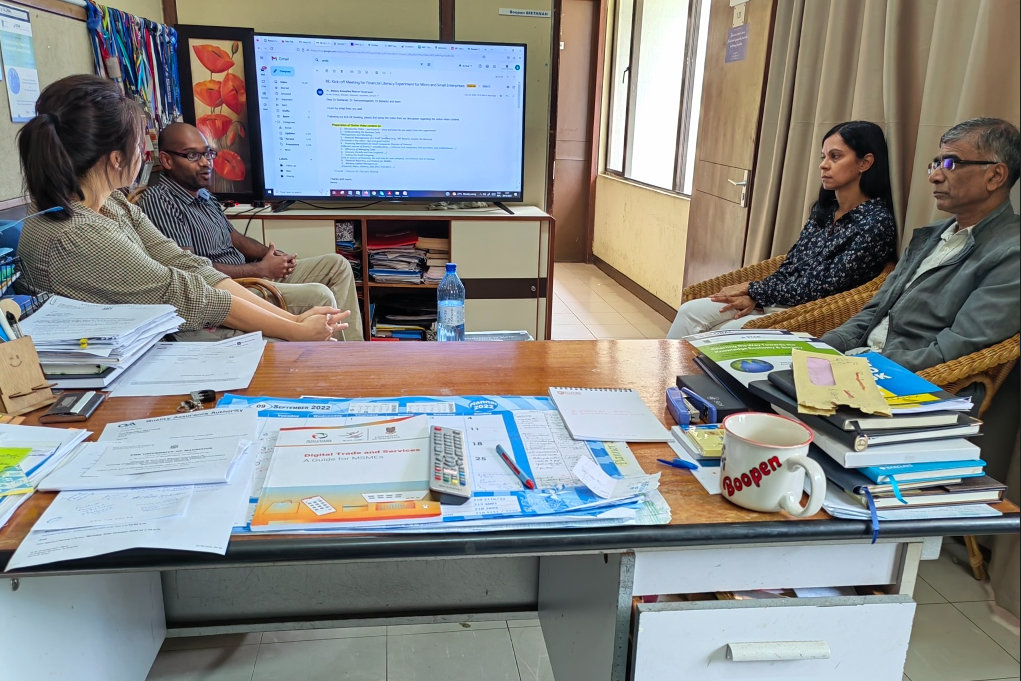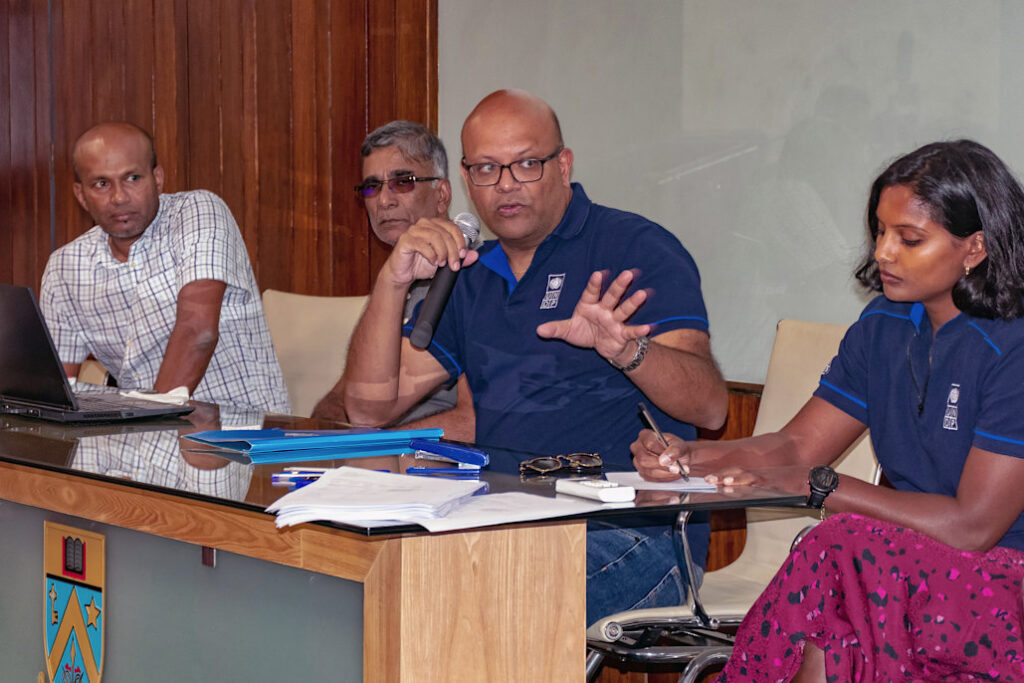Le 4 mai 2023, j’ai participé avec d’autres invités à l’émission “Au Coeur de l’Info” sur Radio Plus consacrée à “l’Intelligence Artificielle”.
Cela m’a permis, pendant les deux heures et avec d’autres collègues, d’aborder plusieurs aspects de l’Intelligence Artificielle, à savoir comment elle fonctionne, ses bienfaits potentiels pour la République de Maurice et comment nous pouvons nous préparer à mieux exploiter, dans le bon sens du terme, cette révolution technologique.
J’ai beaucoup mis l’accent sur les spécificités du Mauricien et du Rodriguais, en particulier sa capacité à combiner la technologie, la créativité et l’art pour créer de la valeur et générer du revenu.
Cette vidéo est un condensé de ce que j’ai dit et, par conséquent, ne contient que des extraits de l’émission originale.
Références: Vidéo complète sur Facebook et YouTube. Article annoncant l’émission et après l’émission.
